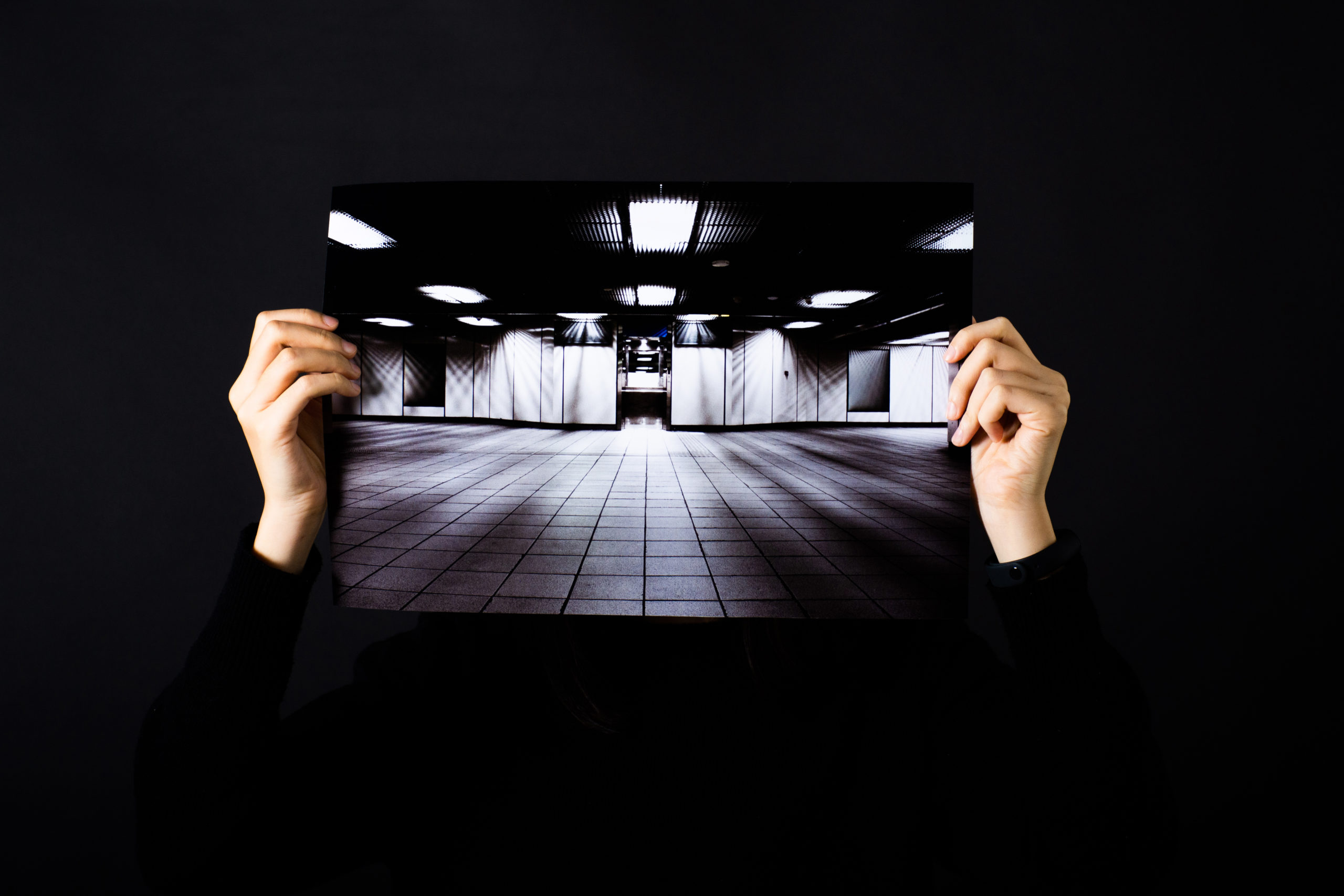我們身處在非地方,同時也不在非地方。法國人類學家馬克.歐傑(Marc Augé)在1992年出版的著作中將過渡性的空間稱之為「非地方」,例如:捷運、機場、公車站、高速公路、連鎖超市、甚至各類交通工具本身,而在這些空間中,我們互不相識且匿名,而短暫停留後便前往下一個目的地。非地方在現代社會中無處不在,歐傑將其視為是超現代性的影響,回顧整段時間軸可以發現在網際網路扭轉我們對於空間、時間的認知後,我們甚至能將虛擬世界視為一個巨大的「非地方」。

如今廣告與企業的資訊充斥於非地方,若能有所改變,我們期盼能在什麼樣的資訊環境下成長?我們將影像中的所有廣告與指示消去,除了提供我們一個新的角度觀看再熟悉不過的空間外,還能透過它形塑什麼樣的體驗?受到Jonathan Harris的作品The Whale Hunt 的影響,我們開始思考如何建構富有節奏的影像空間,更嘗試於在攝影以及設計兩種身份間藉由數位科技找尋更多可能性。



•••
We all are in non-places, but not in non-places at the same time.
The French anthropologist Marc Augé called this type of transitional space “non-place” in his 1992 publication, such as subway stations, airports, bus stations, highways, supermarket chains, and even all kinds of transportation itself. Non-place is ubiquitous in modern society, he regards it as the influence of super-modernity. Looking back in time, we can see that the virtual world can be regarded as a huge “non-place” after the Internet has reversed our perception of space and time.
Nowadays, Non-places are filled with advertisements and information about megacorporations. If we could change it, what kind of information environment do we expect to live in? Step by step, we removed information on these images, including advertisements and indicators. In addition to providing us with a new perspective to look at the space we are familiar with, what kind of experience can we shape through it? Influenced by Jonathan Harris’s project The Whale Hunt, we began to think about how to construct a rhythmic image space and tried to find more possibilities through digital technology between photography and design.
•••
朱冠豪 顓孫德媜《迷航 Non-place》,
攝影作品, 2020
指導 何樵暐
總召 李根在


